Rice gruel, a humble yet versatile dish enjoyed across cultures, requires meticulous attention to detail to achieve its signature creamy texture and delicate flavor. Whether served as a comforting breakfast, a soothing remedy for illness, or a base for savory toppings, mastering the art of cooking rice gruel hinges on understanding and adhering to specific precautions. This article delves into the critical steps, pitfalls to avoid, and expert tips to elevate your rice gruel from ordinary to extraordinary.
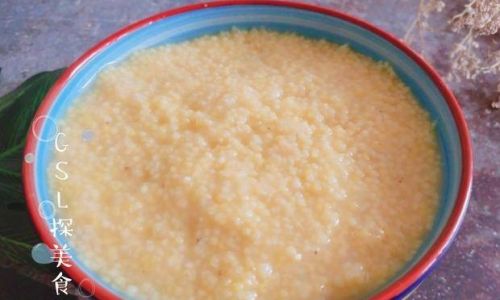
Selecting the Right Rice Variety
The foundation of exceptional rice gruel lies in choosing the appropriate rice type. Short-grain varieties like japonica or sushi rice are ideal due to their high starch content, which imparts a luxurious creaminess when cooked. Long-grain rice, while common, may yield a thinner, less viscous consistency. For a nuanced twist, experiment with aged rice—stored for six months to a year—which develops a richer aroma and softer texture. Avoid parboiled or quick-cooking rice, as their processing alters starch structure, resulting in a watery gruel.
Mastering the Water-to-Rice Ratio
Achieving the perfect consistency demands precision in liquid measurement. The golden ratio typically hovers between 1:8 to 1:10 (rice to water), depending on desired thickness. For a porridge-like texture, use 1:10; reduce to 1:8 for a denser outcome. Environmental factors like humidity and rice age may necessitate slight adjustments. Always measure ingredients using a kitchen scale or marked jug to ensure consistency. Overhydrating leads to a thin, diluted gruel, while insufficient liquid results in a gluey, uneven texture.
The Ritual of Rinsing Rice
Rinsing rice before cooking is non-negotiable. This step removes excess starch and debris, preventing clumping and ensuring a silky finish. Place rice in a fine-mesh strainer and rinse under cold water, gently agitating with your fingertips until the water runs clear—typically 2–3 minutes. Avoid excessive rinsing, as it strips away essential nutrients and surface starches crucial for creaminess. Some chefs advocate a brief soak (10–15 minutes) post-rinsing to hydrate grains evenly, though this is optional.
Temperature Control: The Boil-and-Simmer Technique
Bring the rice-water mixture to a rolling boil over medium-high heat, then immediately reduce to the lowest simmer. Maintaining a gentle, consistent simmer prevents scorching and allows starch molecules to break down gradually. Resist the urge to crank up the heat—aggressive boiling disrupts starch gelatinization, leading to a lumpy or burnt base. Use a heavy-bottomed pot to distribute heat evenly and cover with a lid, leaving it slightly ajar to release excess steam.

Stirring: Less Is More
While occasional stirring prevents sticking, excessive agitation breaks down rice grains, resulting in a gluey mess. Stir gently every 5–7 minutes using a wooden spatula, scraping the pot’s bottom to dislodge any settling starch. For a foolproof method, invest in a heat-diffuser pad to mitigate direct heat contact, particularly on gas stoves.
Seasoning Timing Matters
Adding salt or broth too early toughens rice grains by dehydrating their exterior. Wait until the gruel reaches a near-creamy state (15–20 minutes into simmering) before seasoning. For enhanced depth, incorporate a pinch of kombu (dried kelp) or a chicken bone broth during cooking. Avoid acidic ingredients like vinegar or tomatoes until serving, as they curdle the starch and compromise texture.
The Final Flourish: Resting Period
After simmering for 25–35 minutes (depending on rice variety), remove the pot from heat and let it rest, covered, for 5–10 minutes. This allows residual heat to fully hydrate the grains, yielding a cohesive, velvety spoonful. Skipping this step leaves the gruel unevenly cooked, with a gritty undercurrent.
Avoiding Common Pitfalls
- Burnt Base Syndrome: To salvage slightly scorched gruel, transfer the unburnt portion to a fresh pot immediately. Discard the charred layer to prevent bitterness.
- Lump Formation: If clumps appear, mash them gently against the pot’s side with the spatula while stirring.
- Thin Consistency: Thicken by simmering uncovered for an additional 5–10 minutes, stirring frequently to evaporate excess liquid.
- Thick Consistency: Gradually whisk in 1–2 tablespoons of hot water or broth until desired texture is achieved.
Storage and Reheating Guidelines
Leftover gruel thickens significantly upon cooling. To store, transfer to an airtight container and refrigerate for up to 3 days. Reheat gently over low heat, adding splashes of liquid to restore creaminess. Avoid microwaving without stirring, as this creates uneven hotspots. For meal prep, freeze portions in ice cube trays for easy portioning.
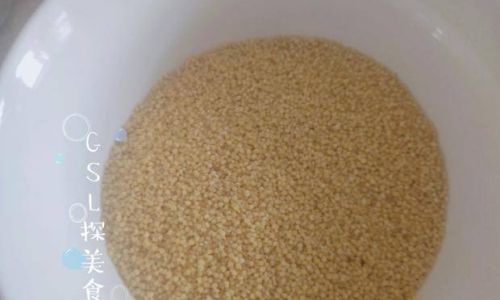
Enhancing Flavor Profiles
Elevate plain gruel with strategic additions:
- Savory: Fried garlic, soft-boiled eggs, scallions, or pickled vegetables.
- Sweet: Coconut milk, honey, or fresh fruit.
- Umami: Dried shrimp, mushrooms, or a drizzle of sesame oil.
- Herbal: Fresh cilantro, basil, or a sprinkle of turmeric.
Cultural Adaptations and Innovations
Rice gruel transcends borders, with regional variations offering endless inspiration:
- Chinese Congee: Simmered for hours with ginger and chicken, often topped with century eggs.
- Japanese Okayu: Simplified with dashi stock and a raw egg yolk stirred in just before serving.
- Korean Juk: Enriched with abalone or beef broth, garnished with kimchi.
- Latin American Atole: Thickened with masa harina and spiced with cinnamon.
Nutritional Considerations
Rice gruel is a blank canvas for fortification. Boost fiber by adding oats or quinoa during cooking. Incorporate protein with shredded chicken or tofu. For digestive health, stir in a tablespoon of ground flaxseed or miso paste post-cooking.
Troubleshooting Guide
| Issue | Cause | Solution |
|---|---|---|
| Grainy texture | Insufficient rinsing or simmer time | Rinse thoroughly; extend simmer by 10 mins |
| Burnt bottom | High heat or inadequate stirring | Use a diffuser; stir every 5 mins |
| Watery consistency | Excess liquid or short simmer time | Simmer uncovered until thickened |
| Bland flavor | Early seasoning or lack of aromatics | Add salt late; infuse with herbs/spices |
The Psychology of Patience
Rice gruel rewards diligence. Rushing the process—whether by skipping soaking, cranking up the heat, or neglecting to stir—compromises quality. Treat each batch as a meditation: the rhythmic stir, the gradual transformation of grains, and the anticipation of the first creamy spoonful.

Conclusion
Cooking rice gruel is an alchemy of precision and intuition. By respecting the nuances of rice selection, temperature control, and seasoning timing, even novice cooks can master this timeless dish. Whether you seek culinary excellence or therapeutic simplicity, these precautions ensure your rice gruel becomes a testament to the magic of mindful cooking. Experiment, adapt, and savor the journey—one silken spoonful at a time.

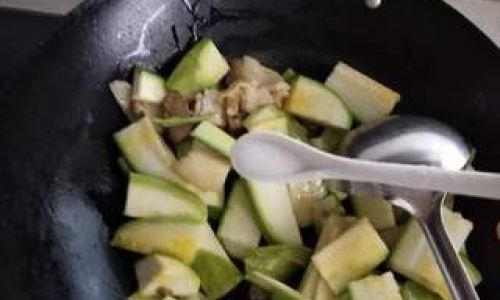

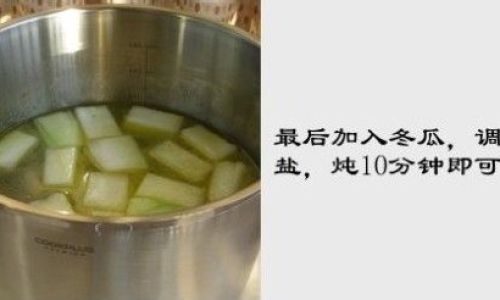
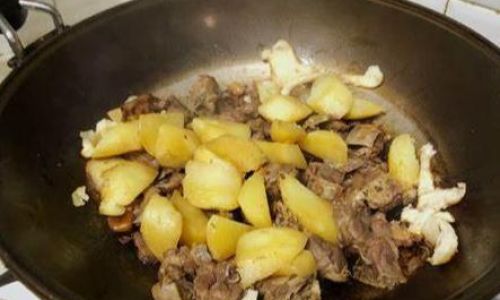
0 comments